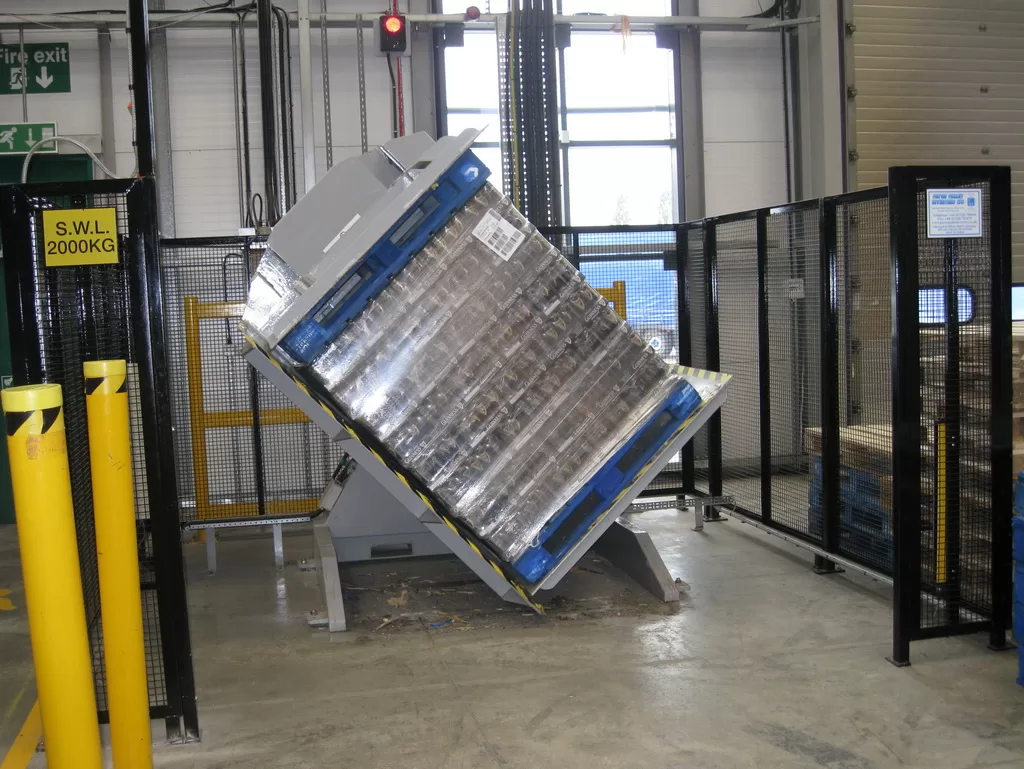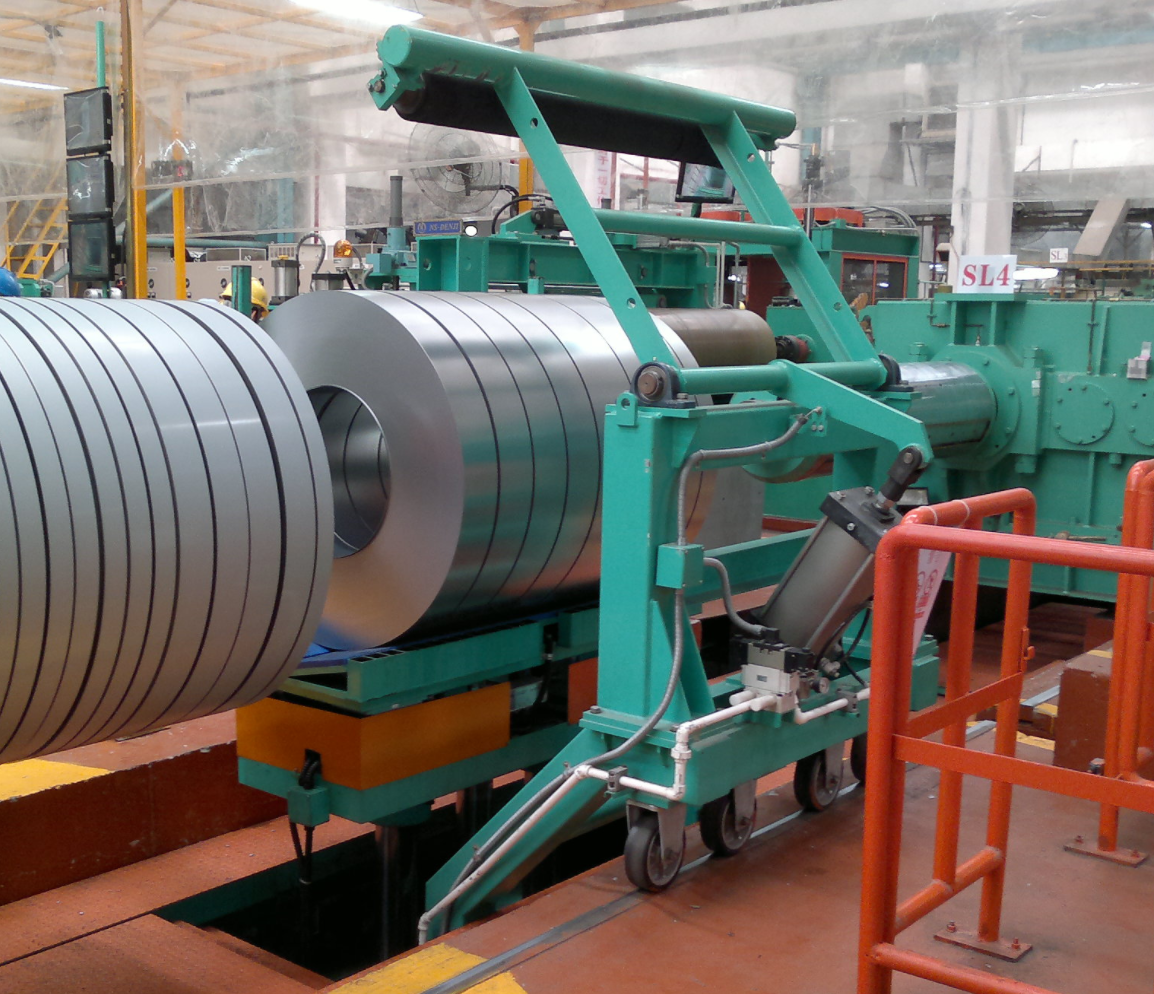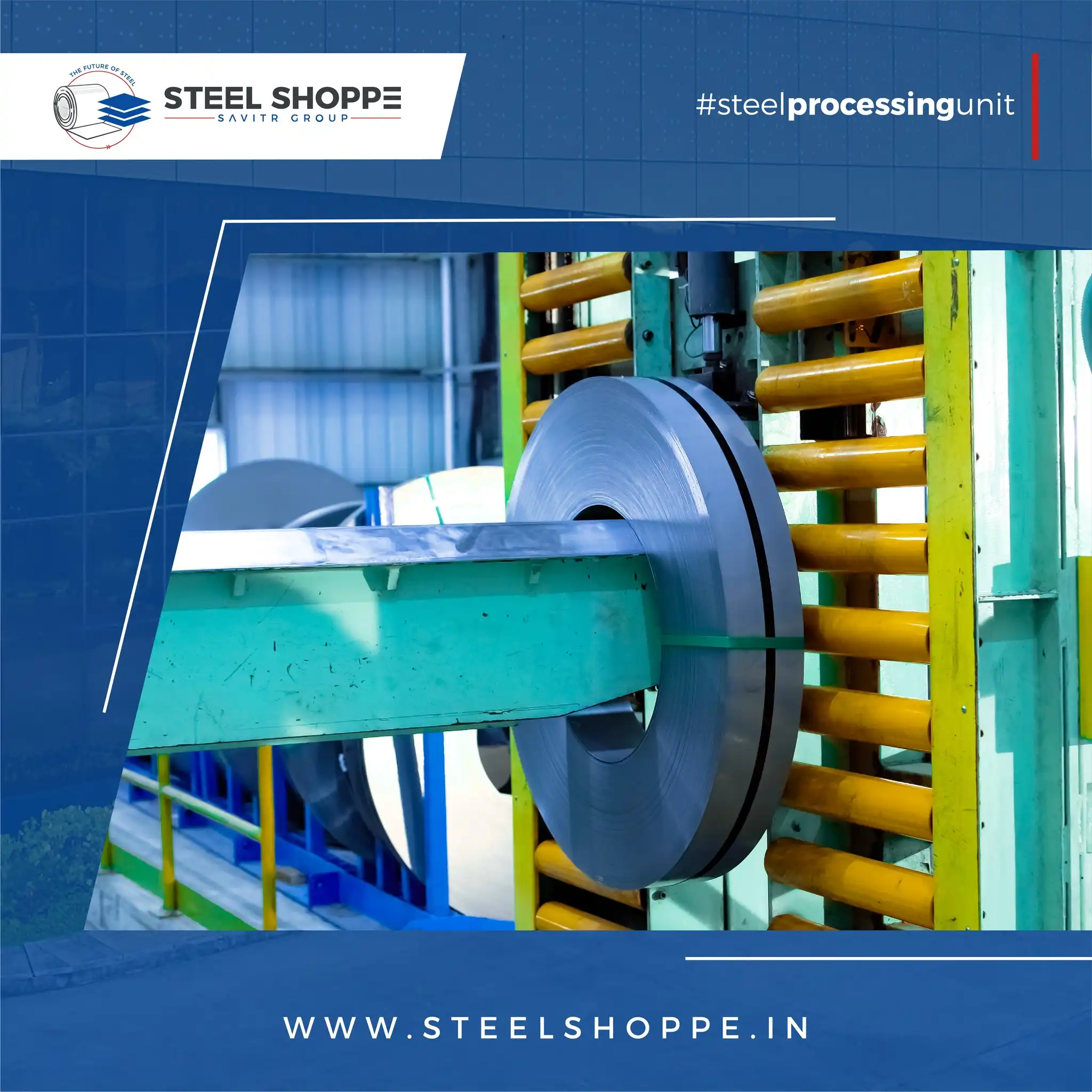How to Reduce Energy Consumption of Steel Wire Rewinding Machines?
Steel wire rewinding machines are vital for handling wire coils, but they consume a significant amount of energy. Reducing this energy not only lowers operational costs but also supports [Collection] and promotes a sustainable manufacturing environment. There are many ways to improve, and this article delves into practical strategies for optimizing these machines.
To reduce energy consumption in steel wire rewinding machines, focus on upgrading to energy-efficient motors and drives, optimizing the rewinding process, regularly maintaining equipment, and implementing energy recovery systems. Training operators on best practices and monitoring energy usage are also essential for achieving significant savings and sustainability.
As manufacturers increasingly emphasize sustainability, understanding and implementing energy-saving strategies for steel wire rewinding machines becomes imperative. Let’s explore effective methods to enhance efficiency and minimize energy waste, contributing to a greener and more profitable operation.
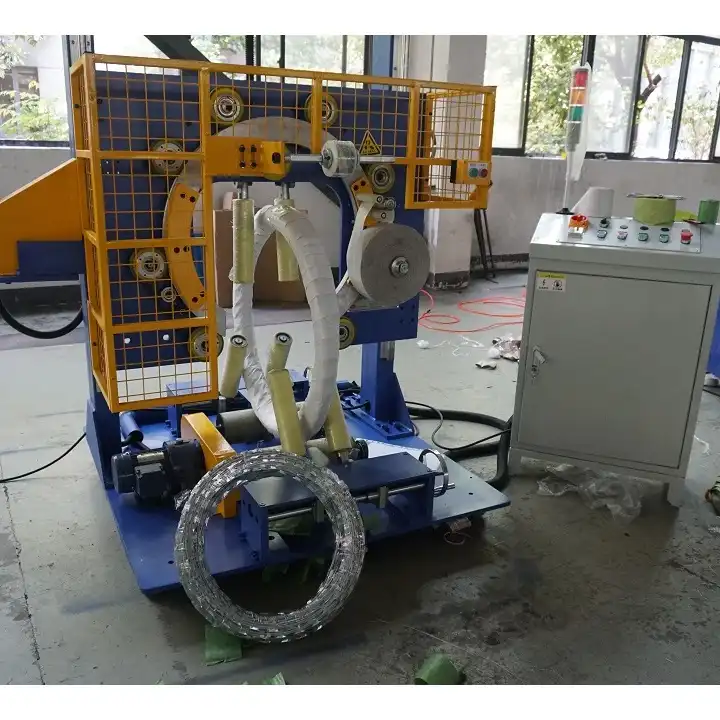
1: Upgrading to Energy-Efficient Components
Modernizing the core components of steel wire rewinding machines is a fundamental step towards reducing energy consumption and enhancing overall efficiency.
Switching to energy-efficient motors, incorporating variable frequency drives (VFDs), and using modern electrical components drastically reduce energy consumption. These upgrades minimize wasted energy, improve operational performance, and lower long-term costs associated with steel wire rewinding machines.
Here’s a deeper dive into how component upgrades can revolutionize the energy performance of your steel wire rewinding operations:
The Power of Modern Motors and Drives
Traditional motors often operate at a fixed speed, consuming maximum energy regardless of the load. Energy-efficient motors, particularly those meeting IE3 or IE4 efficiency standards, significantly reduce energy waste. Variable Frequency Drives (VFDs) further optimize energy usage by adjusting the motor speed to match the load requirements, reducing unnecessary energy expenditure during periods of lower demand.
Consider the following comparison in a table format:
| Component | Traditional Motor | Energy-Efficient Motor | VFD Integration |
|---|---|---|---|
| Energy Efficiency | Lower | Higher | Optimized based on load |
| Speed Control | Fixed | Fixed | Variable, adapting to demand |
| Energy Waste | Higher | Lower | Minimal, reducing waste during partial-load operation |
| Cost Savings (per year) | Baseline | Significant | Substantial, especially in variable-load applications |
Advanced Electrical Components
Beyond motors and drives, other electrical components contribute to energy consumption. Replacing older components with modern, energy-efficient alternatives can lead to noticeable savings. These include:
-
LED Lighting: Replacing traditional lighting with LED fixtures reduces energy consumption for illumination.
-
Efficient Power Supplies: Upgrading to high-efficiency power supplies minimizes energy loss during conversion.
-
Smart Sensors and Controls: Implementing sensors and automated controls optimizes energy usage by adjusting operations based on real-time conditions.
Integrating these components ensures that energy is used judiciously, contributing to significant reductions in overall energy consumption of [Steel wire rewinding machine energy reduction].
2: Optimizing the Rewinding Process
Fine-tuning the wire rewinding process itself can lead to substantial energy savings. This involves analyzing and adjusting various parameters to minimize unnecessary energy expenditure.
Optimizing the rewinding process involves carefully adjusting tension control, speed settings, and winding patterns to minimize energy use without compromising the quality of the rewound steel wire. Efficient process control reduces friction, optimizes motor performance, and lowers overall energy consumption.
Let’s explore specific optimization strategies:
Precise Tension Control
Maintaining optimal tension during rewinding is crucial. Excessive tension increases friction and motor load, leading to higher energy consumption. Implementing advanced tension control systems ensures consistent and appropriate tension levels, reducing unnecessary stress on the wire and the machine.
Adaptive Speed Settings
Operating the rewinding machine at appropriate speeds is critical for energy efficiency. Higher speeds may seem productive, but they can increase energy consumption due to increased friction and inertia. Adaptive speed settings that adjust based on the wire diameter and coil size optimize energy use while maintaining productivity.
Here’s a comparison of different speed control methods:
Speed Control Method Energy Consumption Productivity Tension Consistency Fixed Speed Higher Variable Less Consistent Manual Adjustment Moderate Moderate Moderate Adaptive Control Lower High High Streamlined Winding Patterns
Inefficient winding patterns can lead to uneven distribution of wire on the coil, increasing friction and energy consumption. Optimizing winding patterns ensures uniform layering, minimizing stress and improving overall efficiency. This is often achieved through advanced software controls that guide the winding mechanism.
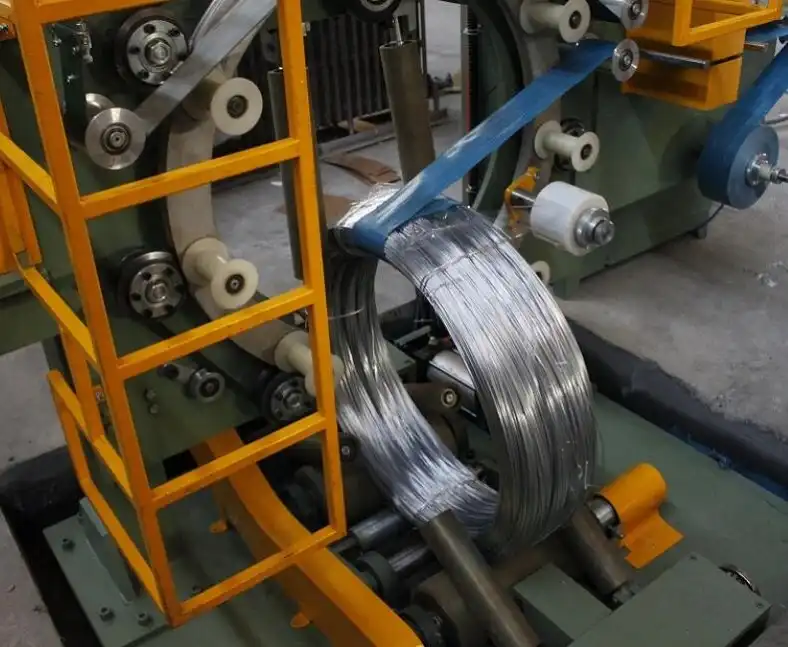
3: Implementing Energy Recovery Systems
Energy recovery systems can capture and reuse energy that would otherwise be lost, significantly reducing overall energy consumption.
Implementing energy recovery systems involves capturing and reusing energy generated during the rewinding process. Regenerative braking, for example, recovers energy during deceleration, while heat recovery systems repurpose waste heat for other applications. These systems boost energy efficiency and promote sustainable operations.
Here are some specific energy recovery strategies to consider:
Regenerative Braking
During deceleration, conventional braking systems dissipate kinetic energy as heat. Regenerative braking captures this energy and converts it back into electricity, which can be fed back into the system or stored for later use. This is especially effective in applications with frequent starts and stops.
Heat Recovery Systems
The operation of motors and drives generates heat, which is often vented as waste. Heat recovery systems capture this heat and repurpose it for other applications, such as heating the facility or preheating materials. This significantly reduces reliance on external energy sources.
Consider the following table illustrating the potential benefits:
System Energy Recovery Application Regenerative Braking Electricity Reusing power within the machine or feeding it back Heat Recovery Heat Facility heating, preheating materials Smart Energy Management
Implement a comprehensive energy management system to monitor, analyze, and optimize energy usage across all rewinding operations. This can include:
-
Real-Time Monitoring: Install sensors and data acquisition systems to track energy consumption in real-time.
-
Data Analytics: Use analytics tools to identify patterns and inefficiencies in energy usage.
-
Automated Adjustments: Implement automated controls to optimize energy usage based on real-time data and predefined parameters.
4: Maintenance and Operational Best Practices
Regular maintenance and adherence to best operational practices are crucial for sustaining energy efficiency improvements in steel wire rewinding machines.
Here’s a breakdown:
Regular maintenance is key to achieving optimal energy efficiency in steel wire rewinding machines. Keep all components clean and lubricated to reduce friction, repair or replace worn parts promptly, and ensure the machine is properly calibrated. Skilled operators further enhance efficiency through proper setup, optimized material handling, and vigilant monitoring of performance.
Let’s elaborate on these points:
Comprehensive Maintenance Schedules
-
Lubrication: Proper lubrication reduces friction and energy consumption, ensuring smooth operation.
-
Cleaning: Keeping components clean prevents overheating and reduces strain on the system.
-
Inspections: Regular inspections identify and address potential problems before they escalate into energy-wasting issues.
Skilled Operator Training
-
Proper Setup: Training operators on correct machine setup ensures efficient operation from the start.
-
Optimal Material Handling: Efficient material handling reduces unnecessary machine cycles.
-
Performance Monitoring: Teaching operators to monitor machine performance and identify anomalies can prevent energy waste.
-
Shutdown Protocols: Ensuring operators know how to properly shut down machines when not in use prevents standby energy losses.
By focusing on these areas, manufacturers can drastically improve the efficiency and Steel wire rewinding machine energy reduction.

Conclusion
Implementing these strategies will lead to significant energy savings, reduced operational costs, and a more sustainable manufacturing footprint. Combining technology upgrades with smart operational practices will lead to long-term benefits for your business and the environment.

